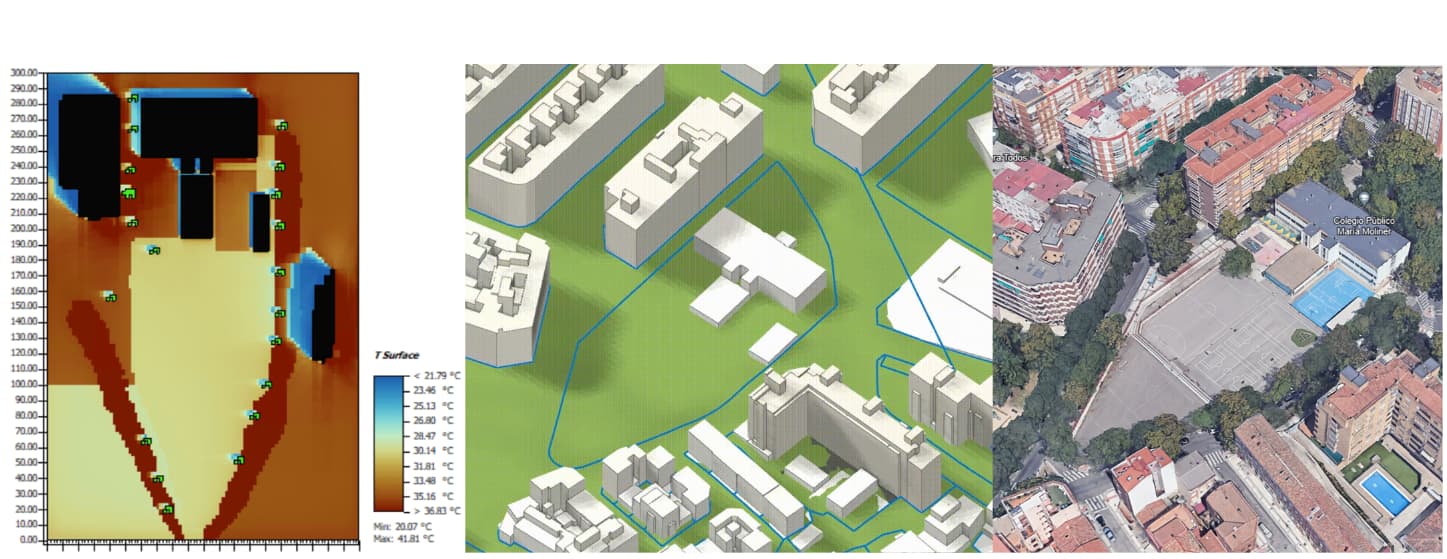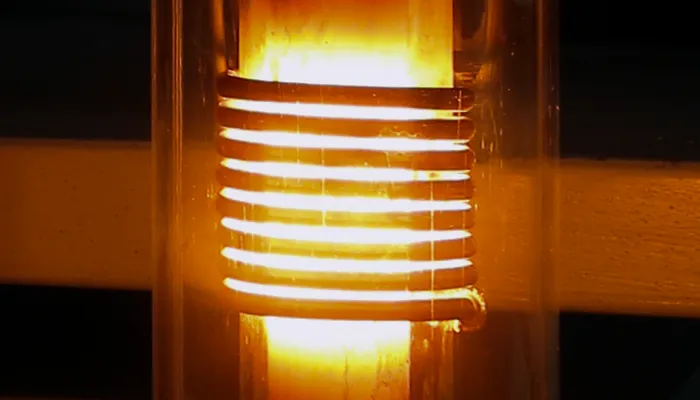CIRCE launches innovative technology to transform cities into friendlier and more sustainable spaces

CIRCE – Technological Center, specialized in providing innovative solutions for sustainable development, has developed a pioneering methodology aimed at transforming urban areas into more resilient spaces against weather phenomena, more energy-efficient, and more welcoming for their inhabitants.
As cities expand and climate challenges become more common and severe, it is imperative to develop more sustainable and comfortable urban environments. In this context, marked by climate urgency, adaptation becomes an absolute priority.
The tool leverages the most sophisticated modeling technologies along with detailed data on urban structures—from street layouts to building patterns—to assess and improve outdoor microclimatic conditions. The programs used allow for precise simulation of both exterior and interior climatic conditions based on real data, which helps evaluate how various interventions can enhance people’s comfort and reduce energy demand in buildings. To ensure the simulations are representative of reality, they are fed with real data measurements through sensors monitoring relevant climatic parameters.
Moreover, the methodology offers a dynamic platform for real-time decision-making, allowing urban planners and designers to adjust and optimize urban interventions to maximize their effectiveness. This means it not only serves to design and predict but also to verify and track the effectiveness of proposed solutions.
The configuration of cities, the height of buildings, the width of streets, and the amount of green areas can create what is known as “urban heat islands,” where temperatures can be significantly higher than in surrounding rural areas. Supporting cooling strategies at the urban planning level can help mitigate their effect, as well as assist citizens in using passive cooling strategies or establishing climate shelters.

A Practical Approach to Real Problems
Its application has a broad and practical scope. It can be used to assess the suitability of spaces for outdoor events, improve public infrastructure planning, and formulate responses to climate emergencies such as heatwaves or extreme cold seasons. Additionally, it plays a crucial role in adapting urban spaces to the needs arising from climate change, allowing for the quantification of the effectiveness of interventions such as the installation of canopies, re-naturalization actions like tree planting, and other strategies to combat “heat islands.” Ultimately, the methodology is aimed at informing urban design and diagnostic processes, which can result, for example, in the creation of more pleasant pedestrian and cycling routes.
This methodology is already being tested within the European project CARDIMED, which aims to adapt schoolyards to heatwaves through nature-based solutions, demonstrating how these technologies can directly improve the quality of life in urban environments.
Towards a Greener and More Livable Future
This new innovation highlights the importance of nature-based solutions and technology in creating more pleasant and sustainable urban environments. As we move towards an uncertain climatic future, tools like these will be essential to ensure that our cities not only survive but thrive in harmony with the environment.







